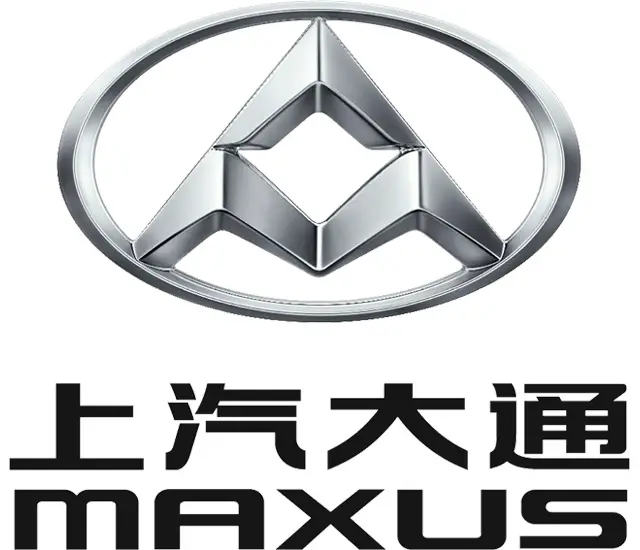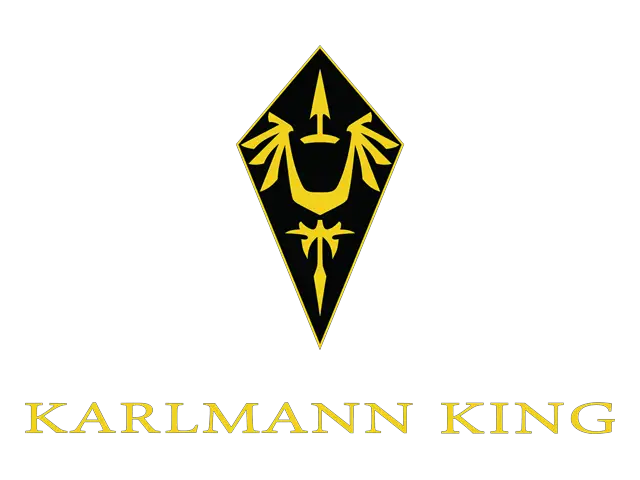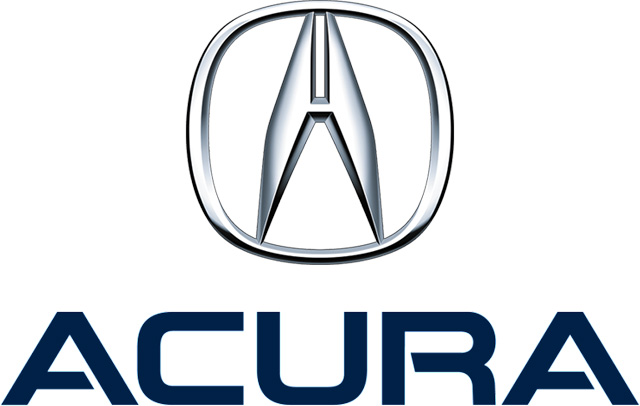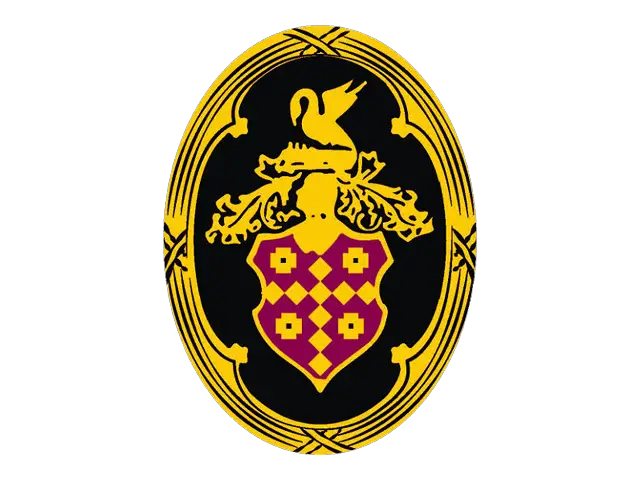mercury Logo - History, Design, and Meaning

Company Overview
Mercury was a defunct American-market division of Ford Motor Company, designed to compete in the mid-range car market between Ford and Lincoln.
Key Information
- Founded: 1937
- Founder(s): Edsel Ford
- Headquarters: Dearborn, Michigan,
mercury Logo Meaning and History

The Mercury brand was created by Edsel Ford, Henry Ford's son, with the idea of offering medium-budget cars that would serve as a middle ground between the Ford and Lincoln labels.
The brand was named after the Greek god Mercury, known for being the god of merchants and travelers, symbolized by his winged sandals. While it shares its name with a planet and a liquid metal, the brand emphasizes the mythological meaning.
The Mercury visual identity has three main phases: the first was a logical reflection of the brand's name, the second was experimental, and the third and final redesign introduced modernity and style.

The Mercury logo from the 1940s featured a profile of the Greek god Mercury, celebrating the brand's name. This detailed image was slightly modified over the years and remained with the brand for nearly two decades.
In the 1950s, the brand introduced another emblem alongside the original one—a sharp and bold letter 'M' with wings spread on both sides of the car grille.

In the 1960s, Mercury produced its most famous car model, the Mercury Cougar, leading to a dramatic shift in the brand's visual identity focus.
The Mercury logo became the cougar's profile contour enclosed in a circular frame, with the cougar's mouth open, ready to attack. This symbolized the brand's power and authority, with bold and confident lines evoking strength and influence.
The monochrome palette changed to metallic when placed on cars, adding elegance and luxury to the brand's emblem, making it timeless and stylish.

In 2003, Mercury designed a new emblem, widely recognizable today, marking a tribute to a new era and modern design principles.
The final Mercury logo featured an abstract stylized letter 'M' enclosed in a double circle frame, with the nameplate around the upper part.
The 'M' was executed in three parallel lines extending diagonally from the inner circle frame and changing direction to the right, creating an angle.
The color palette of the latest Mercury logo resembled the metallic aspect of the brand's name, with a silver-gray tone that made the visual identity look sophisticated and modern.
The Mercury emblem, known as 'Winding Road,' features a line pattern resembling a road going right, also seen as an abstract image of the Greek god's winged helmet from the original logo version. This meaningful design fully reflects the brand's values and history, being modern and strong.









